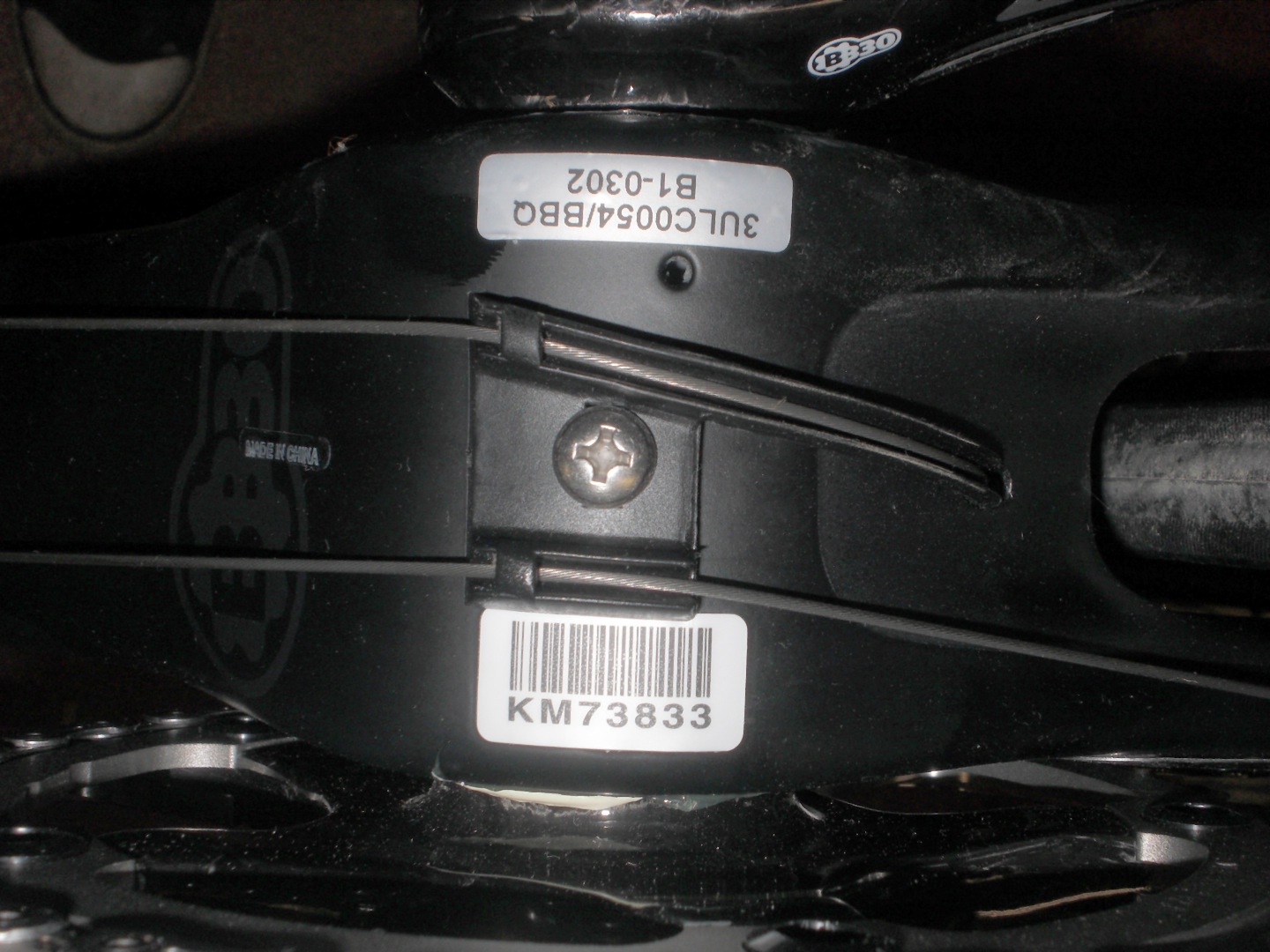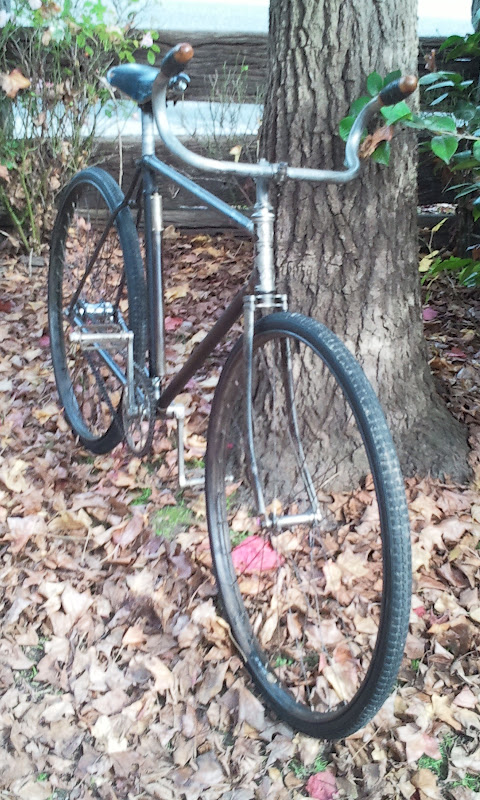Cannondale Frame Serial Numbers
FREDDIE'S MODERN KUNG FU INC. Channel 1) Channel 2) Channel 3) Channel 4) FMK Blog: Email: FreddiesModernKungFu@live.com FMK Website: JENNY'S FOOD NETWORK: MUSIC by STEVE CAISSY I received written permission from the creator of the music to use his music for commercial purposes.
DONATIONS accepted via PayPal & Questions: Email: FreddiesModernKungFu@live.com PUBLISHED BOOKS 1) 'Reflections Volume 1' by Sifu Freddie Lee: 2) 'Spiritual Martial Arts' by Sifu Freddie Lee: 3) 'Living the Way' by Sifu Freddie Lee: COPYRIGHT DISCLAIMER I, Freddie Lee, own all copyrights to this video. I created the video and all of its artistic content myself, and received permission from students and family featured in the video to post their image publicly. I own and operate 'Freddie's Modern Kung Fu' I post videos daily that I have created originally. I own the camcorder on which my own videos are recorded, and I upload them onto YouTube myself from my own computer.
Most models of Cannondale bicycles have the serial number located at the very bottom of the frame, underneath the bottom bracket -- the part of the bicycle where the cranks turn. You've found the serial number if it's printed underneath a bar code on a rectangular, white sticker. The serial number is the key to finding out what year cannondale you have. Once finding out the year, cross reference with the correct catalog to find out which model. After 2 weeks I hadn't heard anything so I phone up Cannondale Europe in Holland to speak to somebody. I was told that because I hadn't bought my bike through a dealer and I didn't have proof of purchase I wasn't entitled to a new frame dispite having a serial number for the frame (which I thought they.
Nishiki headbadge (c.1977) Early Nishiki Logo: The early Nishiki logo derived from the American Eagle logo, which was largely identical and featured an eagle head along with the tri-color square., the original manufacturer of Nishiki bikes, had used a tri-color square in its domestic marketing — the three colors symbolizing passion for the customer (red), quality products (yellow) and sincerity in business (blue). WCC sought and received permission from Kawamura to use the same mark within the Nishiki logo and in their company marketing.
1971 advertisement: American Eagle Bikes, American Bicyclist Magazine, with 'KB Bicycles' signifying 'Kawamura-Built' Nishiki is a of bicycles designed, specified, marketed and distributed by West Coast Cycle in the United States, initially manufactured by Kawamura Cycle Co. In, and subsequently by of Taiwan. The bicycles were first marketed under the American Eagle brand beginning in 1965 and later under the Nishiki brand until 2001. Throughout the U.S. Of the 1970s and into the 1980s, Nishiki and West Coast Cycle competed with domestic companies including, and; European companies including, and —as well as other nascent including, and —itself a line of Japanese-manufactured bicycles that were specified, distributed and marketed by Western States Imports (WSI), a U.S. Company similar to West Coast Cycle.
Cannondale Frame Serial Number Location
Japanese-manufactured bikes succeeded in the U.S. Market until in the late 1980s made them less competitive, leading companies to source bicycles from Taiwan. As of 2013, Nishiki Europe markets bicycle models in, and. In 2010, acquired the rights to the Nishiki brand for the U.S. Market and began marketing Nishiki-branded bicycles and accessories. Contents. History West Coast Cycle and the Cohens West Coast Cycle was founded by Leo Cohen Sr. Kora kagaz serial title song mp3.
And RosaBelle Cohen who had previously been partners in Wheel Goods Corporation in Minneapolis, later moving to Los Angeles in 1946 to purchase an existing retail bicycle store, Atlas Cycle, renaming it Playrite Bicycle Supply Co. The Cohens subsequently founded a bicycle, parts and accessory distribution company in the late 1950s, naming it West Coast Cycle Supply Company. They operated the company — widely known as West Coast Cycle (or WCC) — with their daughter Louise and sons Leo Jr. And Howie (Howard Sherwin Cohen).
Howie Cohen subsequently took over the business, followed by his brother. When Cohen Sr.
Died in 1963, Howie Cohen traveled to Japan to find new sources for bicycles, and especially, a Japanese bicycle factory capable of producing high quality bikes that would be welcomed by U.S. And the bicycling community; bicycles that would be able to compete with American and European-built bicycles. After visiting over 60 bicycles factories over a period of six weeks, Cohen turned to Kawamura Cycles. Kawamura had produced quality bicycles for the Japan domestic market, but at the directive of their overseas buyers, had produced lower-quality, lower-priced bicycles for the U.S.
Market, for example, under the brand name 'Royce Union.' Cohen also created working relationships with Japanese bicycle parts manufacturers including Asahi, Araya, Dia-Compe, Kashima, Kusuki, Kyokuto (KKT), Mikashima (MKS), Mitsuboshi, Taihei, Sanshin, Takagi, and others. Cohen travelled to Japan 8-10 times per year while developing his brands (American Eagle, Nishiki, Azuki and CyclePro). Cohen placed his initial order for 570 bikes with Kawamura, selling them under the American Eagle brand. WCC sold tens of thousands of American Eagle bikes before changing the name — when a customer suggested it was disingenuous to put such an American-sounding name on a Japanese product.
WCC wanted a new, Japanese name that was easy to pronounce, with an inoffensive translation — and a name not easily mispronounced for comic or derisive effect. Cohen held a contest with Kawamura factory workers for Japanese names, choosing Nishiki for WCC's primary, nationwide line of bikes (after and the gold Nishiki thread often woven into wedding ) — and Azuki for the secondary bicycle line (after the sweetened, red bean), using the as the Azuki logo. A second line allowed WCC to market essentially identical bikes through more than a single dealership in a sales territory. Louisville Cycle & Supply (Louisville, KY) were sub-distributors for both brands in the Southeast, and Pettee Cycle (Denver, CO) were sub-distributors of both brands in Colorado and surrounding states. Kawamura trademarked both names for the and Europe, WCC trademarked the brands for the USA. Early promotional material for American Eagle and Nishiki lines often carried the tagline 'KB Bicycles' or simply 'KB' — signifying 'Kawamura-Built.'
WCC continued also to market the bicycle brands of Mundo, Caloi, Windsor, Zeus, and. Howie Cohen served as President of WCC from 1965 until his retirement in 1976, with WCC subsequently operated by his brother, Leo Jr.
And outside investors. Through the 1980s WCC continued to sell Nishiki bikes produced by Kawamura. In the late 1980s made Japanese-manufactured bicycles far more expensive and less competitive in the United States, leading WCC to move Nishiki production to Giant of Taiwan. Leo Cohen and his associates later sold West Coast Cycle to Medalist — with eventually acquiring the rights from West Coast Cycle to market bikes under the Nishiki brand in the United States. After manufacture of Nishiki bikes shifted to Giant, Kawamura continued manufacturing bicycles for the Japanese and European markets (including private label bikes for Takara, Schwinn, and others), to be subsequently acquired by the sporting goods company. Howie Cohen later founded the company Everything Bicycles, working with to build and import BMX bikes carrying the Kuwahara brand name, developing the first major BMX distributorship — and ultimately supplying Kuwahara bicycles for the 1982 movie and securing the right to market the 'ET Bicycle.' To make the Kuwahara brand name a household word, Cohen ran a promotion giving free stickers to children who called a toll-free phone number and could correctly pronounce the brand name.
In 1989, Cohen sold the Kuwahara name back to the Japanese parent company. In 1992, Cohen returned to the bicycle industry to assist the bike brand — 18 months later brokering the acquisition of. Cohen later worked as a consultant in the bicycle industry for several companies, including Rotor Componentes of Spain, and subsequently retired from Lomita, California to Colorado where he and his wife, Kay (Kay Piercy Guithues Cohen) catalogued his collection of bicycling memorabilia and maintained his website,.



When Howie Cohen died on July 11, 2013, Bicycle Retailer said he was 'a hugely influential figure in developing the U.S. BMX market and arguably the first person to bring high-quality Asian-made bikes to America.' Retired from Lomita, California Derby From 1989 through 2001, marketed bikes in the United States under the Nishiki as well as and brand names. These Nishiki models, though manufactured outside Japan (e.g., in Taiwan, by and possibly in Italy by, Olmo or Viner) often carried the name Nashiki and the same model names as had been used on the Kuwahara-built bicycles. The brand name Nishiki was retired by Derby in 2001 in North America.
As of 2010, Nishiki-branded bicycles, manufactured by were available for sale again in the U.S. Dick's had obtained rights to the Nishiki Bike brand in the U.S. Currently (2013), Nishiki Europe, an unrelated group of European distributors markets bicycle models in, and. Nishiki bikes had previously been also marketed in, and.